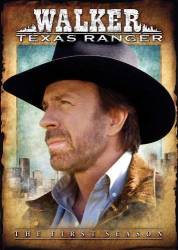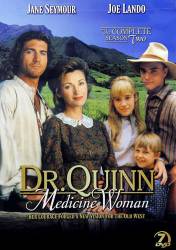
Character mistake: Trivette hands the man in yellow a bullet recovered from the plane Walker and Alex were traveling on, which was shot down by an assassin flying a P-51 Mustang. This man, and later Trivette, mistakenly refer to the round as a "50mm," when in reality, Mustangs were equipped with M2 Browning .50 Caliber (12.7 mm) machine guns. (00:30:25)

Character mistake: Loren mistakenly calls each pitch at the batter's mound a strike, when that is when a pitch is out of batting mounds, or the batter misses. A ball is when the batter ignores the pitch or doesn't make a swing.
Suggested correction: A player doesn't have to swing for a pitch to be a strike. He called them correctly.
Well unless I've missed something over the years in baseball... and Loren's obvious confusion on what to call... when a batter remains stationary during a pitch, that is a standard all-out ball. When the batter moves or swings and misses the pitch, it is a strike.
His initial hesitation had nothing to do with it being a bad call. And yes, you've missed a lot over the years. A batter can move or even check swing and still the pitch could be called a ball. When a batter remains stationary, that doesn't change a strike into a ball just because he didn't swing or attempt to swing. The poem "Casey at the Bat" is all about him not swinging on the first two pitches, and they were both called strikes.